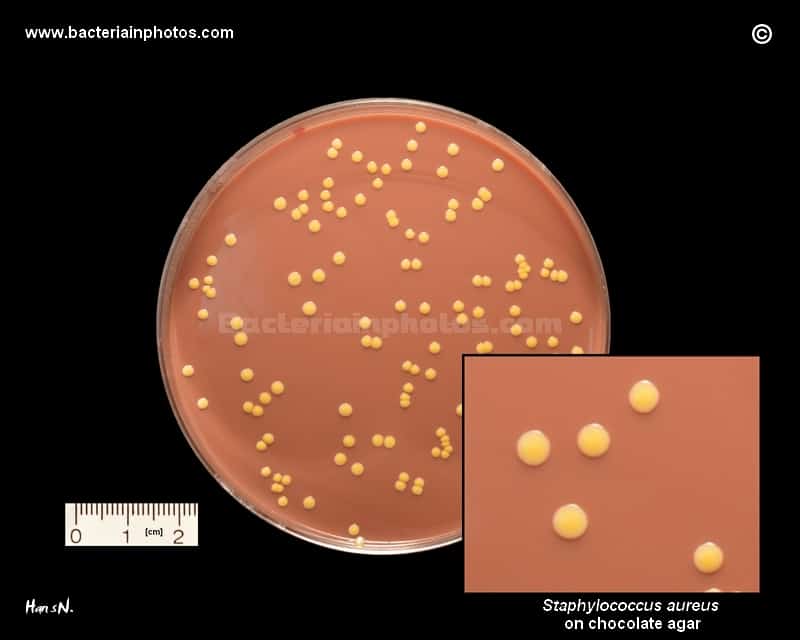What It Is
Staphylococcus aureus occurs in the nose and throat less commonly in humans. But, it can survive on domesticated animals such as dogs, cats and horses and Staphylococcus aureus can infect other tissues when natural barriers have been breached such as the skin or linings. This leads to the commonly-known “Staph Infections” which consist of various ailments. Staphylococcal endocarditis (infection of the heart valves) and pneumonia can be rapidly spread and is contagious.
How It Contaminates
S. aureus is most often spread to others by contaminated hands. If plants are being harvested by hand, and those who are doing th harvesting haven’t washed their hands thoroughly, Staphylococcus infection can spread, especially to damp materials such as leaves or roots. The skin and mucous membranes are usually an effective barrier against infection, But, if these barriers are breached from common things such as skin irritation or cuts, or recent flu or cold symptoms that aggravate the nose and throat Staphylococcus aureus may gain access to underlying tissues or the bloodstream and cause infection.
Dangers
S. aureus has long been recognized as one of the most important bacteria that cause disease in humans. It is the leading cause of skin and soft tissue infections such as abscesses (boils), furuncles, and cellulitis. Although most staph infections are not serious, S. aureus can cause serious infections such as bloodstream infections, pneumonia, or bone and joint infections.
Stpahylococcus Basics
- GRAM-NEGATIVE COCCI IN CLUSTERS
- NON-MOTILE
- NON-SPORE-FORMING
- CATALASE: POSITIVE
- OXIDASE: NEGATIVE
- FACULTATIVELY ANAEROBIC
FURTHER INFORMATION: MicroBiologyInPictures Staphylococcus Page

